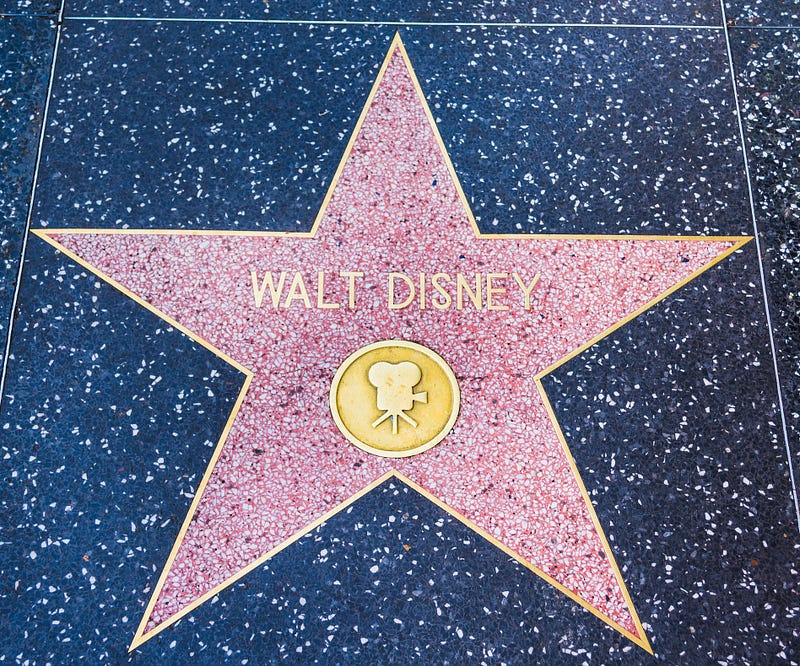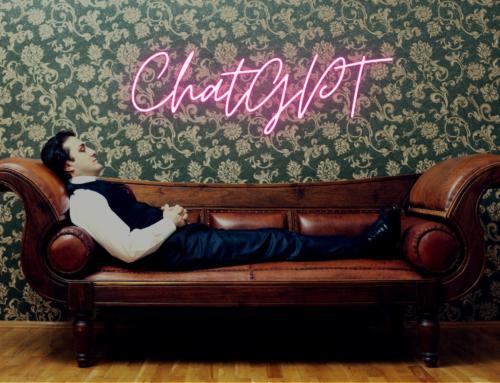That year we decided to visit Mickey Mouse! It was memorizing, and I could not believe how rich the experience was. It wasn’t an amusement park; it was a whole new world. It was a fantasy world. It was a fantasy for everyone who visited — the kids and the adults, and the kids in the adults.
I loved it. We made repeated visits just about every year for the next decade.
Two years ago, my wife and I started a new tradition. We take our daughter to Disney World in late summer following her birthday. Now, I see the experience with a different lens; as a father and a CEO. I find it fascinating how Disney manages to create the same reaction in my daughter as they did for me — and the thousands of other visitors.
Last year, I made some notes that are real reminders of what makes a successful company no matter what the domain.
1 — A Brand Should Mean Something
Disney World’s brand promise is “creating happiness through magical experiences.” Every time I go there, it is clear this is instilled into everything they do. From the moment you arrive and check-in, you are transported to another world. It does not feel like a park, it feels like you are being ushered through your very own dream space. I watch as our little one is utterly mesmerized by each of the Disney characters.
She never once feels this is a park, it’s Winnie the Pooh!
That’s why creating a brand is more than just a name or logo. As Mike Troiano, venture capitalist and brand specialist, aptly puts it, “your brand is out there in the hearts and minds of your customers.”
“What should they be feeling about you?” He often asks his portfolio companies.
2 — Have A Purpose
Everyone in the park has a purpose.
Each member of the cast does. Each person, even the janitor, has a purpose. And, that purpose is to make each visitor feel like the entire place is for them and no one else. They are clearly trained to find a way to help make your experience the best you’ve ever had.
Every employee in your company should be like they are part of the whole solution for your customer. For example, I have often told my employees during all-hands meetings, “you are all in sales!” Meaning, everyone is part of how we attract customers to our brand and product(s). Some companies, such as Zappos, have a rule where everyone must spend time inside the customer support team to gain empathy for the challenges clients encounter with the product.
3 — Love Your Customers
I often say, “love your customer, no matter what.”
A trip to Disney reminded me of this. Days can get hot in Orlando, Florida. That leads to some grumpy kids, exhausted parents, and challenging extended family. They make it all go away with carefully placed smiles, suggestions to assist, and a pleasant demeanor from every Disney employee.
Things will get tough in your business. Your customers will have bad days.
Love them anyway and find ways to make their experience better every day no matter what.

4— Make it Work at Scale
I once read Disney World is the size of San Francisco. And, it employs over 70,000 people in one location and hosts over 52 Million visitors every year.
(Yup. You read that right.)
Yet, they manage to make it feel like a small town visit with your favorite Disney friends.
At times, startups struggle with making the unscalable customer experiences they deliver in those early days, scale as they begin to experience rapid growth.
As Brian Chesky, CEO of Airbnb, explains in one of my favorite podcasts, “if you want your company to truly scale, you have to do things that DON’T scale. Handcraft the core experience. Serve your customers one-by-one. And don’t stop until you know exactly what they want.”
Then, as he continues to explain you ditch the artisanal hat and replace it with your analytical cap and write down every detail. Then build the scale you need around those details.
With average daily visitors topping 52,000, it is clear that Disney takes a similar approach to make their unique experience scale.
5 — Detail is Everything
Take a close look at each member of the cast, those dressed up as Disney characters, and you’ll notice a common thread.
Every minute at Disney involves a carefully placed detail. The food placement in the restaurants, the pathway to individual palaces and castles, the opening show and the order characters appear in it.
Everything is down to the details in each of the characters’ customs, their speech, mannerisms, and hair. The performers, or “cast” as they are called, must go through tons of auditions and costume fittings in order to land the role.
No details are spared, ever.
(One unknown secret… Everyone in the park wears a nametag. Everyone.)
This makes for an experience that can be replicated every time. It also shows how much you care for your customers. Sweating the details means looking at the experience from their point of view — it’s about empathy.
6 — Stay in Character
You will never hear Cinderella, Goofy, Mickey, or any character for that matter, complain about their feet, vacation schedule or the park’s visitors while in their costumes.
Staying in character preserves the magical experience that is Disney’s signature.
All employees are considered “cast members”, including the ride operators and people in the retail shops. The company requires everyone to “stay in character” while in the presence of guests.
I once heard one of my employees complaining about the time involved in delivering a customer go-live. While I sympathized with her, I was not happy about her sharing her personal concerns with the customer. I felt it took away from our brand experience and the professionalism we took pride in.
Teach your team to stay in character, always.
“I only hope that we never lose sight of one thing — that it was all started by a mouse.” — Walt Disney
7 — Make Technology Invisible
There is so much technology at work at Disney World, it’s incredible. There are cameras everywhere, security systems everywhere. It has one of the most advanced transportation systems in the country. They’ve built a sophisticated time and flow management system for the park — also known as Fast Pass. They also use advanced animatronics in the shows.
In fact, the theme park is powered by thousands of patented technological achievements — entirely invisible to the visitor.
For Disney it’s not about the technology, it’s about the experience the technology delivers to the visitors. That is what is most important.
Put another way, it’s about the solution, not the tech.
8 — Give Them Something To Remember
Every ride ends with a gift shop in the exit pathway.
Why?
Well, besides revenue, it’s about allowing you to acquire a memento that reminds you of your experience. After all, memories are the only things we take from a trip. It’s the memory of that special moment, that show, the surprise your child experiences when they see their favorite Disney character for the first time. It can’t be replaced, but it can be remembered for a lifetime.
“It is essential that you realize your customers have the ‘experiencing self’ and the ‘remembering self’ and they choose between memories of the experience,” says Colin Shaw, CEO of Beyond Philosophy, a company dedicated to customer experience.
I know I still remember the first time I saw Mickey. It was amazing.
9 — Heroes are Made from Villains
For every hero, there is a villain. It would be nice to have a park full of heroes. But, it somehow just works to have the balance.
Cinderella, Snow White, The Little Mermaid, Mickey, and Minnie Mouse, they all have foes. Each of those villains is carefully designed to balance the hero, helping to create a connection to the main character.
Andy Raskin has a master class on strategic narratives — stories companies tell.
“In any compelling story, whether a startup’s or a screenwriter’s, a hero with whom we empathize must do battle with some powerful force to reach a better place,” he expertly teaches.
Getting to a better place is a dream everyone wants to experience. At Disney, their product is delivering that dream.
If your company wants to be a hero, your customer must know who the “Darth Vader” is first.
Behind “the mouse” is a company just like any other. What makes 95-year-old Disney so unique is how it uses multiple strategies to deliver a single product — an unforgettable experience.
I think more tech CEO’s need to go beyond their technology — the bells and whistles — and focus on creating a customer experience that is remarkable.
Capital is unlimited, talent is unlimited, real differentiation comes from a brand that means something.
That something is up to you as the CEO. And, it could become your secret weapon. To help uncover yours, I highly recommend a trip to Disney World. You might want to take the rest of your management team along.


